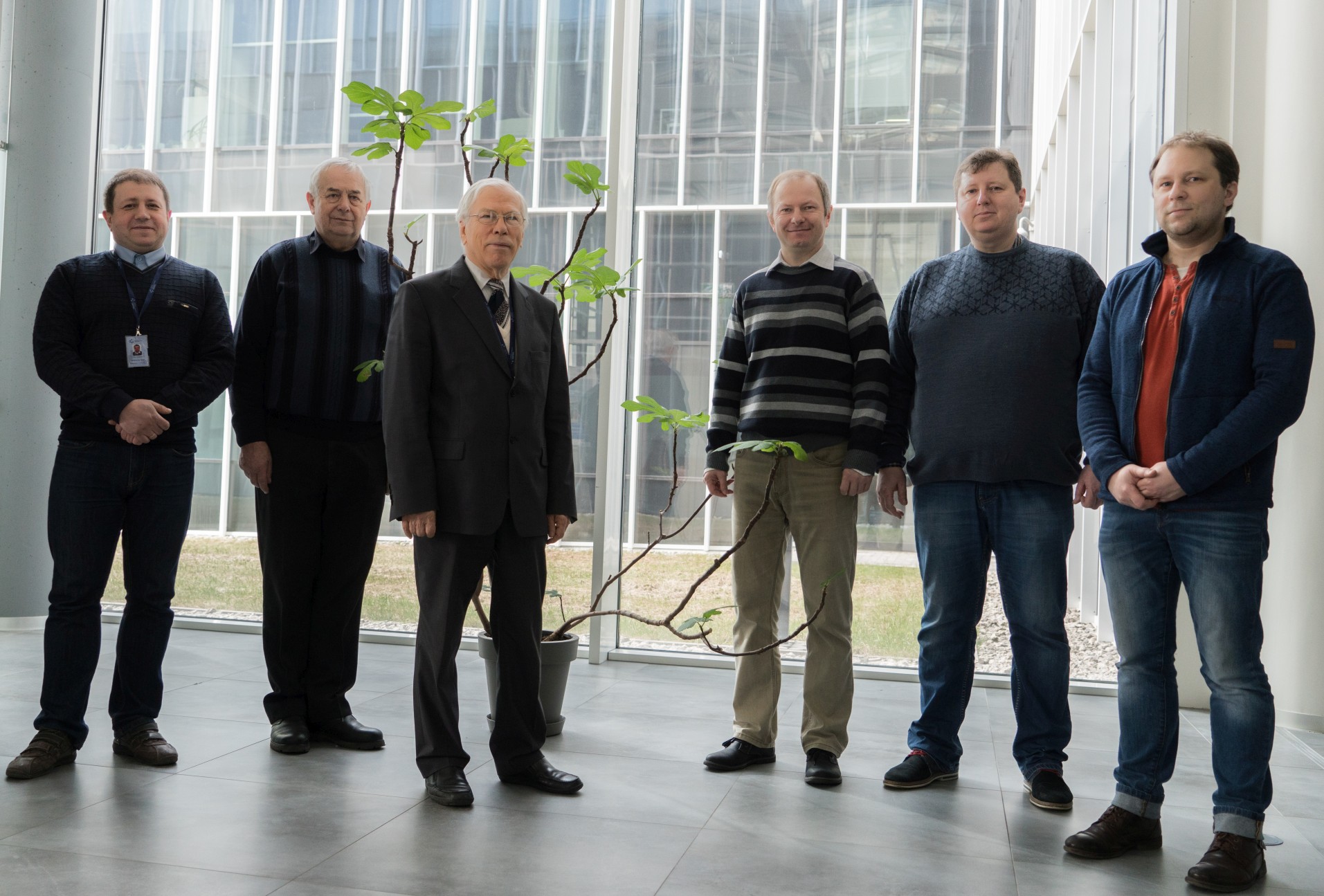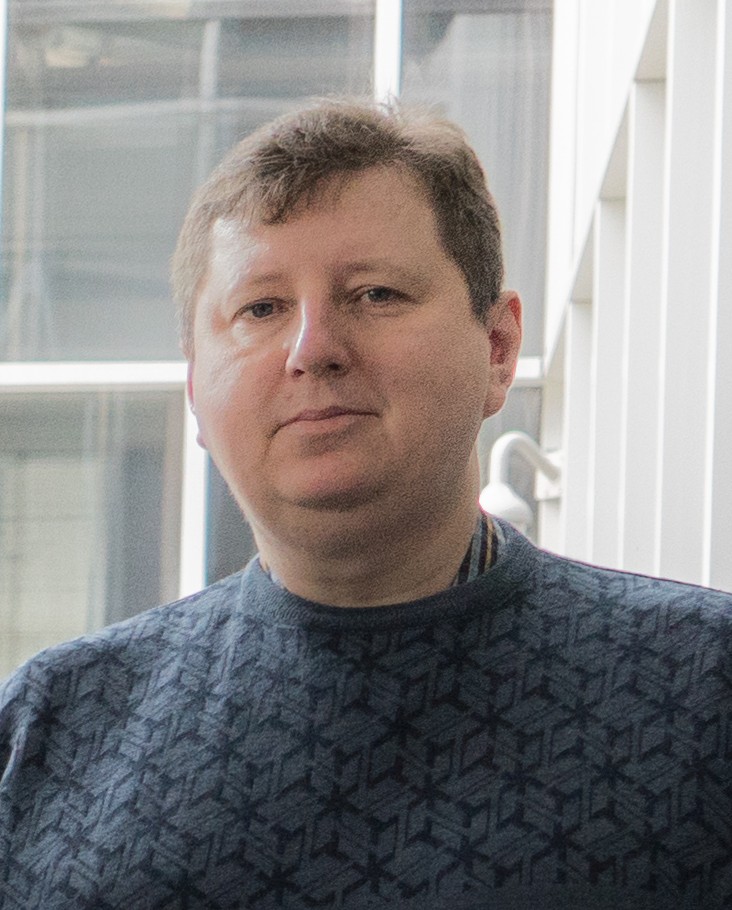|
Recent results
Hot electron fluctuations have been used to investigate ultrafast processes (relaxation time down to 30 fs) in the high-density electron gas confined in two-dimensional channels used in heterostructure field effect transistors. Fundamental and experimental investigation shows that hot-electron fluctuations and hot-phonon dissipation correlate with transistor operation and reliability. In particular, the highest speed of operation and the highest reliability are demonstrated under conditions when the hot-phonon lifetime is the shortest and the hot-phonon temperature is the lowest. So far, no other experimental technique, except for the fluctuation technique (proposed in our laboratory), has been used for measuring dependence of the hot-phonon lifetime on the electric field and the electron density in high density two-dimensional electron gas channels used to by transistors.
During the last decade, the setup has been applied to three dimensional channels located in Si, 4H-SiC, GaN, ZnO and channels with Fermi two-dimensional electron gas confined in AlGaN/GaN and AlGaN/AlN/GaN, AlGaN/GaN/AlN/GaN, AlInN/AlN/GaN and MgZnO/ZnO heterostructures.
The research is supported in part by EOARD Award FA8655-09-1-3103, and the results are used to guide nitride technology in Virginia Commonwealth University, Richmond, 23284 USA and Kyma Technologies Inc. Raleigh, North Carolina 27617 USA.
Ballistic electron transport across InGaP base of nanometric thickness is investigated experimentally for heterobipolar transistors. The transit time is measured as a function of doping and base thickness. The effects of shot noise due to the ballistic electrons and Coulomb blockade are resolved. HICUM model is modified to account for the observed effects. The research is carried out jointly with Dresden University of Technology, Germany.
Ballistic electron transport across InGaN active layer of nanometric thickness is found to limit efficiency of energy conversion in nitride light emitting diodes at high applied voltages. The conversion efficiency can be improved considerably by inserting a novel nanometric component named staircase electron injector. The research is supported in part by EOARD Award FA8655-09-1-3103, and the results are used to guide nitride technology in Virginia Commonwealth University, Richmond, 23284 USA, Kyma Technologies Inc. Raleigh, North Carolina 27617 USA, and Ostendo Technologies Inc. Carlsbad, California 92001 USA.
|

